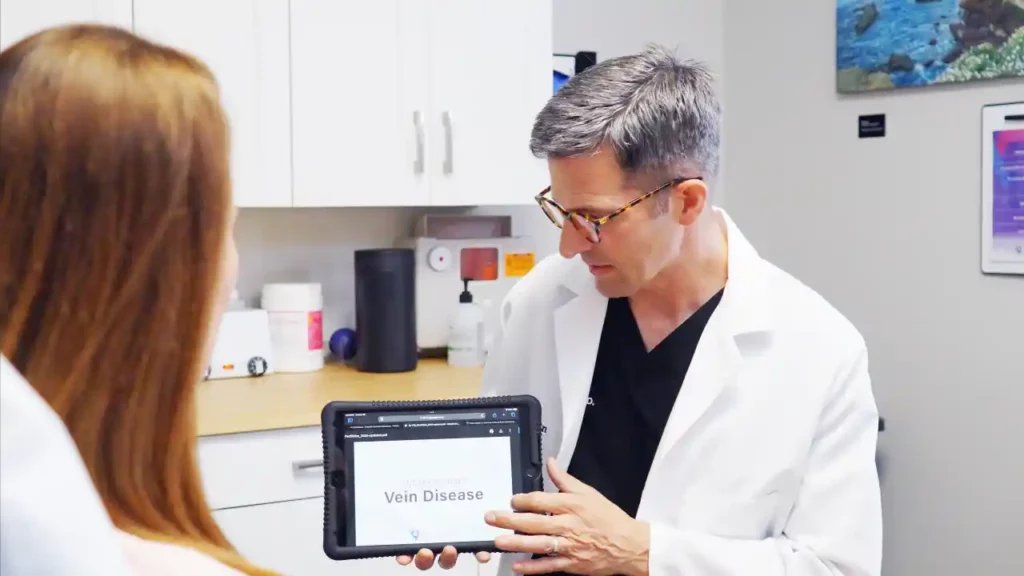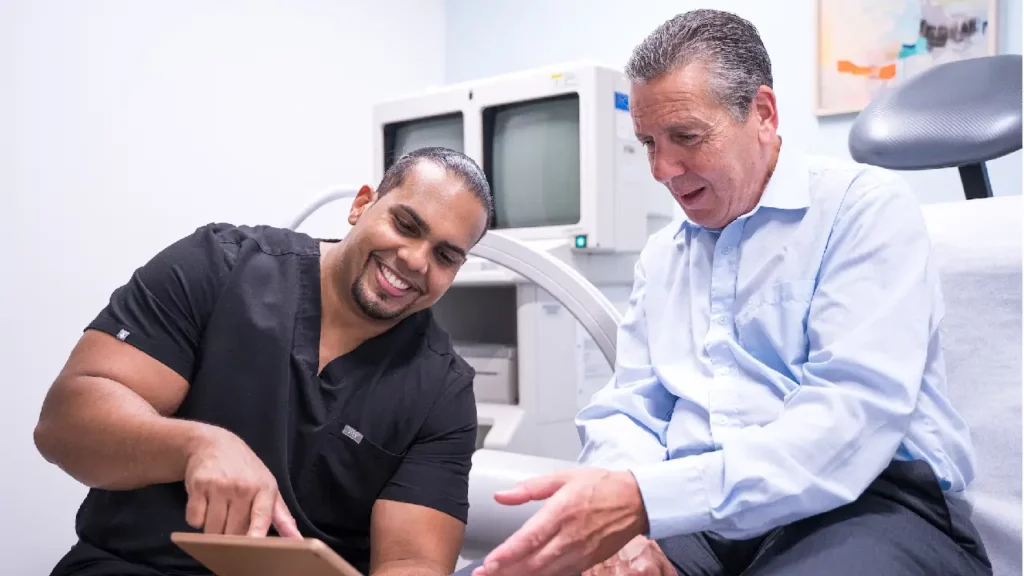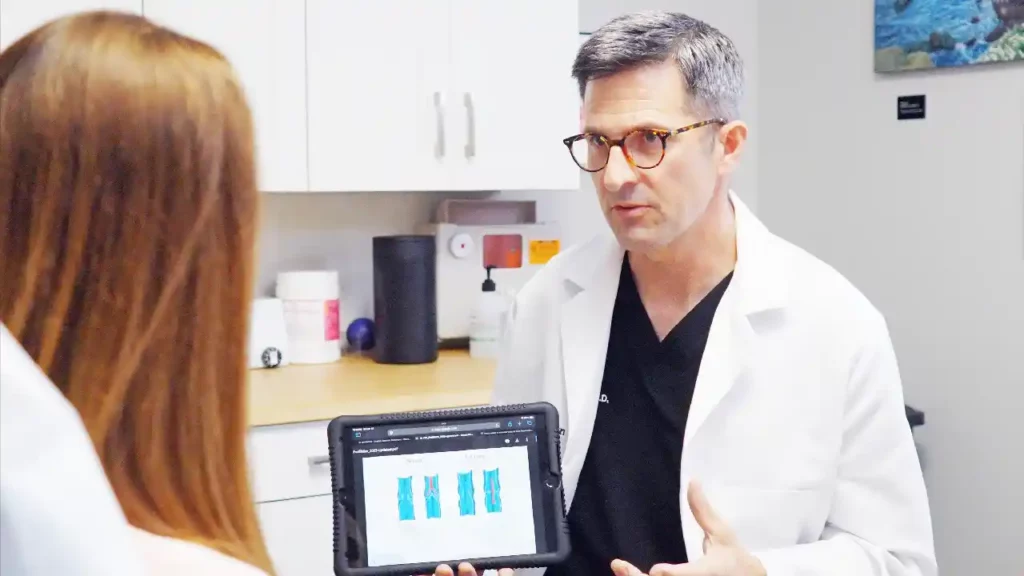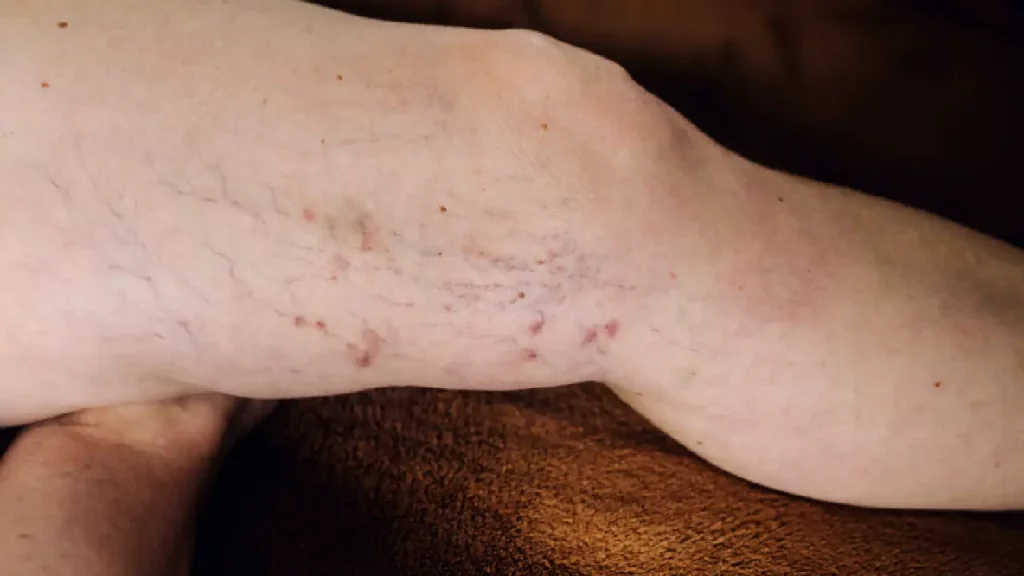What Can You Use Your Flexible Spending Account For?
It’s late November, and you realize you still have funds left in your Flexible Spending Account (FSA). While scrambling to find ways to use the money before the “use-it-or-lose-it” deadline, you come across a surprising fact: you can use your FSA for vein treatments. If you’ve been struggling with spider veins or varicose veins, this could be the perfect opportunity to invest in your vein health and feel more confident in your skin.
At Vein Doctor, we specialize in minimally invasive vein treatments that improve your vascular health. Many of these treatments are FSA-eligible, meaning you can use your pre-tax dollars to address your vein concerns. In this guide, we’ll explore how FSAs work, the benefits of using FSA funds for vein care, and the treatments you can consider.
Benefits of Using FSA for Vein Care
Using your FSA for vein care offers numerous advantages, including:
- Cost Savings: FSAs allow you to use pre-tax dollars, effectively saving you a significant percentage on eligible vein treatments. By reducing your taxable income, you’re not only improving your vein health but also keeping more of your hard-earned money.
- Coverage for Out-of-Pocket Costs: Many FSA plans cover out-of-pocket costs associated with vein care, such as co-pays, deductibles, and compression stockings. This means you can use your FSA to supplement your medical insurance, ensuring you pay less out of pocket.
- Access to Minimally Invasive Treatments: With your FSA, you can access state-of-the-art vein treatments, such as sclerotherapy and vein ablation, without delay. These minimally invasive vein treatments are not only effective but also require little to no downtime.
- Improved Health and Confidence: Addressing vein issues like spider veins or varicose veins improves your vascular health and reduces discomfort such as pain, swelling, or heaviness in the legs. Beyond health, vein treatments can also enhance the appearance of your legs.
Examples of FSA-Eligible Vein Treatments
Sclerotherapy
Sclerotherapy is a minimally invasive procedure for treating spider veins and smaller varicose veins. During the treatment, a vein specialist injects a solution, typically a sclerosing agent, into the affected vein. This solution irritates the vein walls, causing them to collapse and seal shut. Over time, the body naturally redirects blood flow to healthier veins, and the treated vein is reabsorbed. The result is both improved vein health and enhanced cosmetic appearance, making it a popular choice for those with visible or symptomatic veins.
Endovenous Laser Ablation (EVLA)
Endovenous Laser Ablation (EVLA) is an advanced, minimally invasive treatment for varicose veins that are causing discomfort or medical concerns. This procedure involves inserting a thin laser fiber into the problematic vein using ultrasound guidance. The laser emits concentrated energy, heating the vein walls and causing them to close off. Once sealed, the vein is no longer used for blood flow, and the body reroutes circulation to healthier veins. EVLA is highly effective in alleviating symptoms such as leg pain, swelling, heaviness, and fatigue.
Radiofrequency Ablation (RFA)
Radiofrequency Ablation (RFA) is another minimally invasive procedure for treating varicose veins. Instead of laser energy, this technique uses radiofrequency waves to generate heat and seal the problematic vein. Under ultrasound guidance, a small catheter is inserted into the vein, and controlled thermal energy is applied to shrink the vein. Like EVLA, RFA encourages the body to reroute blood flow to healthier veins while gradually absorbing the treated vein. RFA is particularly effective at addressing underlying venous insufficiency.
VenaSeal
VenaSeal is a cutting-edge vein treatment that uses a medical adhesive to close off malfunctioning veins. Unlike thermal procedures such as EVLA or RFA, VenaSeal does not require heat or tumescent anesthesia. During the procedure, a catheter is used to deliver a specialized adhesive into the vein, sealing it shut. Blood is rerouted to healthier veins, and the treated vein is absorbed naturally by the body over time. One of the benefits of VenaSeal is that it typically does not require compression stockings post-procedure.
Compression Stockings
Compression stockings are essential in vein care, often used as a standalone treatment or as part of post-procedure recovery. These medical-grade garments apply controlled pressure to your legs, promoting healthy blood flow, reducing swelling, and alleviating discomfort caused by vein issues. They are beneficial for individuals with symptoms of venous insufficiency, such as heaviness, aching, or swelling in the legs. FSA funds can cover the cost of these stockings when prescribed by your doctor, making them an affordable option to support vein health.
Remember: Use It or Lose It by the End of the Year!
One of the most critical aspects of managing your FSA is the “use-it-or-lose-it” rule. If you don’t spend your FSA funds by the end of the calendar year, you risk losing the remaining balance. To make the most of your FSA, schedule necessary vein treatments before the deadline.
At Vein Doctor for Women, we make it easy to maximize your benefits. Most of our vein treatments are covered by medical insurance, and we offer insurance verification to help you understand your coverage options. Contact us today to learn how to use your FSA for vein treatments and improve your vein health. Visit your nearest vein clinic in New York, Long Island, California, Maryland, or New Jersey to get started.
